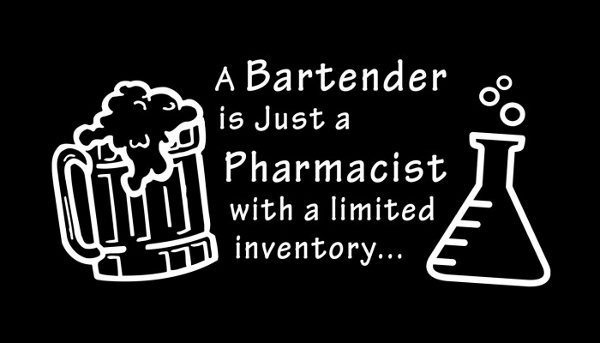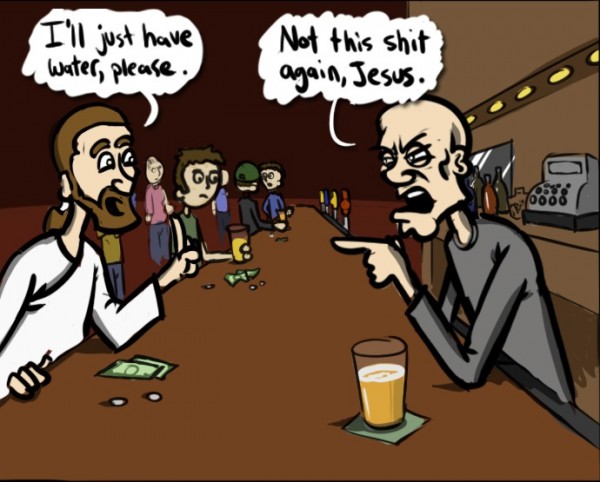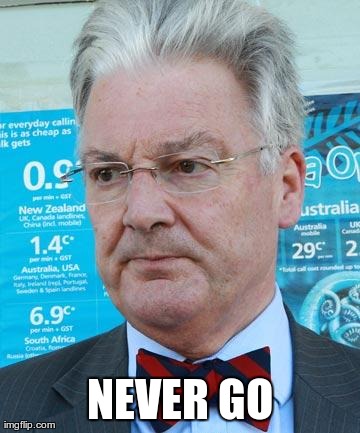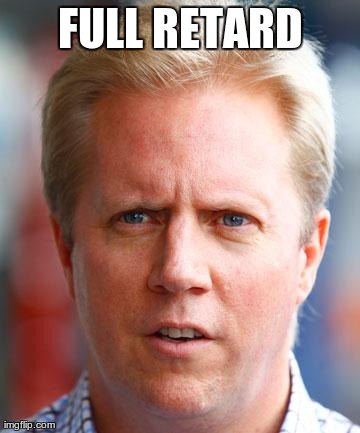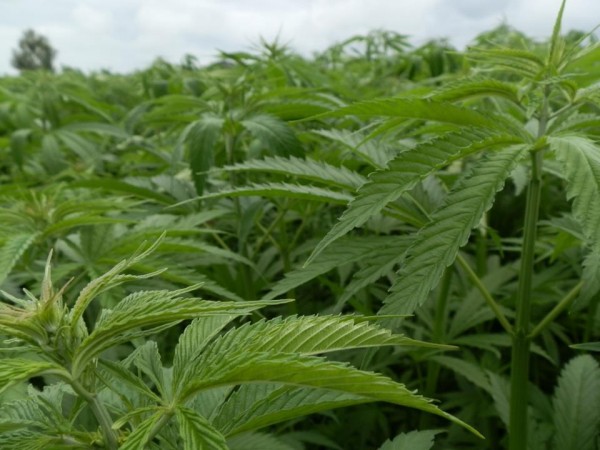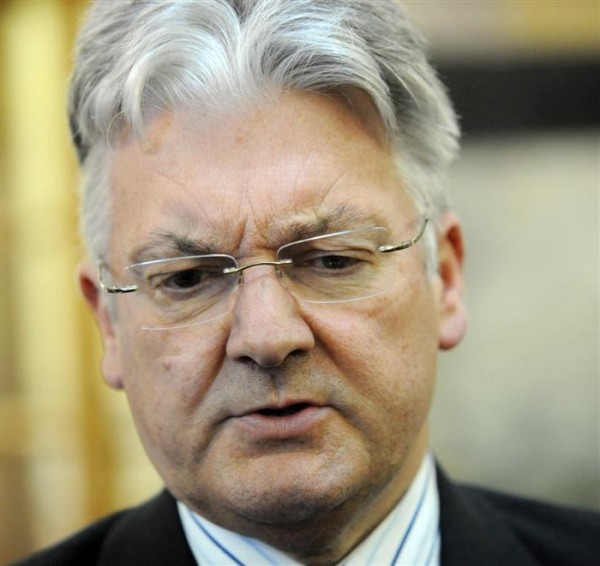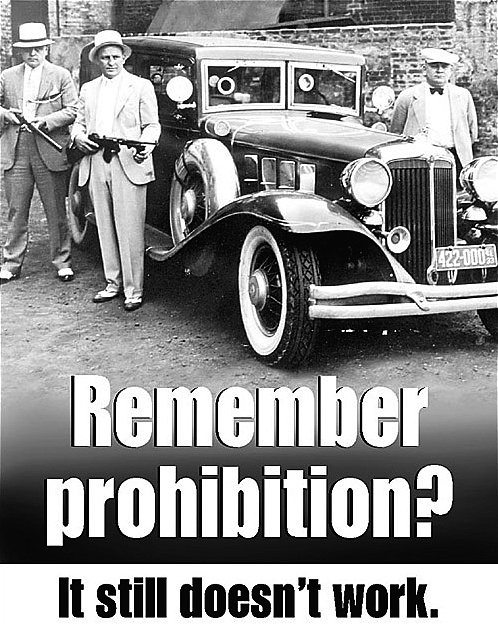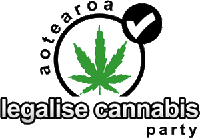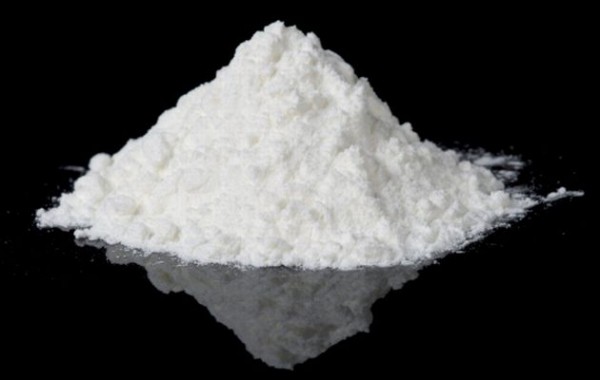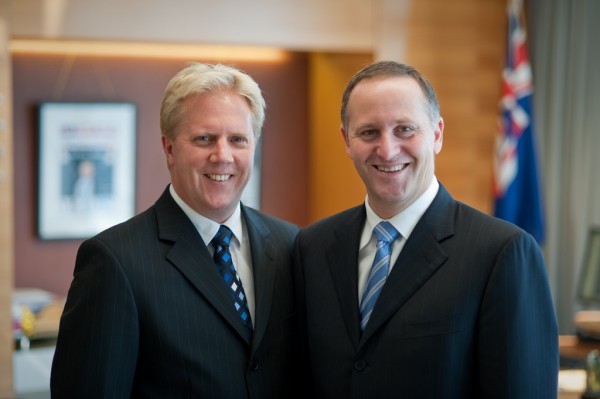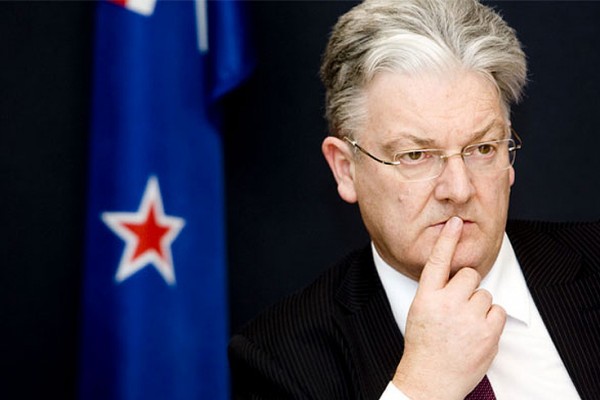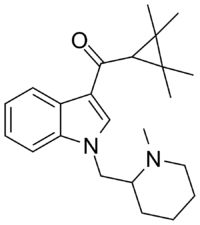There’s nothing wrong with responsible drug dealing. It’s an honest trade.
Some of my best friends are drug dealers. 🙂
But what does the Bible say about drug dealing? I thought I’d briefly research the question … but I quickly realised that briefly researching what the Bible says about drug dealing is not a live option!
There’s a school of thought according to which the sins of the people of Sodom and Gomorrah, in penalty for which they and their cities were destroyed, included drug dealing and drug-fuelled debauchery. The same school of thought has it that the so-called sorcery that Paul the Apostle rails against several times in his Epistles is actually drug dealing. Supposedly, ‘sorcery’ is a mistranslation of the Greek word, pharmakeia. That makes sense, because it’s the same Greek word from which we get the English words pharmacy, pharmacist, pharmaceutical, pharmacopeia, etc. And, apparently, the Bible mentions two drug dealers by name. (They’re Simon and Elymas, mentioned in Acts 8 and Acts 13 respectively.)
I’m not going to get into this debate. (I found a lengthy discussion here for those interested.)
Anyway, there’s an alternative to the strictly scholarly approach to studying the Bible on any given issue, and that’s the prayerful approach. He who has an ear, let him hear what the Spirit says to me about drug dealing!
This leapt off the page at me the first time I read it. (I’m baffled as to why I haven’t seen this particular verse mentioned in any of the discussion forums I briefly perused.)
Woe to the world because of the things that cause people to stumble! Such things must come, but woe to the person through whom they come! (NIV)
I think what Jesus is teaching here is actually something akin to our modern-day notion of host responsibility. (Notwithstanding that stunt he pulled at the Wedding at Cana.)
Sometimes drugs do cause people to stumble. (Alcohol, literally so.) They’re notorious for it. The plain fact of the matter is that some people can’t handle drugs, that’s why we have reality. And Jesus is here issuing a warning to drug dealers. Be very careful whom you deal drugs to. Best restrict your customer base to responsible adults, whom you trust not to get themselves—and, thereby, you—into trouble.
Why this post, at this time?
Because I’ve just downloaded a consultation document on the Psychoactive Substances Regulations and am about to fill a submission form (on behalf of the Aotearoa Legalise Cannabis Party) as should anyone who wants to have a say on the development of the Psychoactive Substances Regulations as prescribed by the Psychoactive Substances Act.
The Psychoactive Substances Regulatory Authority is seeking
input from interested parties into the development of regulations to support the Psychoactive Substances Act 2013 (the Act) which came into force on 18 July 2013.
The Psychoactive Substances Regulations will provide the operational detail on how the Act will work.
Once in force, regulations will end the interim provisions of the part of the Act to which they apply, bringing the full regime into effect. This paper consults on proposals for regulations relating to licensing, product approval processes, labelling and packaging details, place of sale and advertising, and fees and levies.
It’s an exercise in mitigating evil. Evil because regulations are actually prohibitive—if government defines the one way they will allow something they are really prohibiting all other ways.
The time is now to tell the government what the one way they will allow something should be.
Here are the leading questions to which Peter Dunne, the prohibitionist wolf in sheep’s clothing, is seeking answers.
- Is the list of proposed information requirements for licence applications comprehensive enough? If not, what else should be required, and why?
- Should retail licence applications be accompanied by evidence of compliance with a local approved products policy if one is in effect in the applicant’s area?
- Should retail licence applications be accompanied by evidence of compliance with a generic local approved products policy if no policy is in effect in the applicant’s area?
- Are the factors the Authority should take into account when determining whether a licence applicant is a fit and proper person or whether a body corporate is of good repute in section 16(2) enough? The section 16(2) factors are:
- whether the applicant has been convicted of a relevant offence
- whether there has been a serious or repeated failure by the applicant to comply with any requirement of the Act
- whether there are other grounds for considering that the applicant is likely to fail to comply with any requirement of the Act
- any other matter that the Authority considers relevant.
If you think these factors are not enough, please give examples of additional factors the Authority should consider.
- Should the regulations require applicants to provide details of their involvement in other regulatory regimes, such as alcohol licensing processes?
- What records should the regulations require licence holders to keep?
- How long should licence holders be required to keep records for?
- Do you think there are factors or issues that the Authority should consider when setting discretionary conditions? If so, please provide details.
- Should the regulations prescribe other matters the Authority must take into account when deciding on an application? If yes, what should these matters be?
- Do you agree a product approval application should include information on proposed manufacturing methods and how they will comply with the Psychoactive Substances Code of Manufacturing Practice?
- Do you think any further particulars, information, documents or other material should be prescribed in the regulations? If yes, what should these be?
- Do you agree with the proposal that the regulations require applications to contain information and data on the toxicity, pharmacology and related clinical effects of the psychoactive substance they are seeking approval for?
- Do you agree with the proposal that the regulations require product approval applications to contain information and data on:
- the psychoactive potential and related behavioural effects of the substance
- the addictive potential
- the proposed directions for use
- previous use, including use in clinical trials and in the wider population?
- Are the proposed requirements and restrictions on labelling sufficient? If not, please make specific suggestions for further requirements and restrictions.
- Are the proposed requirements relating to health warnings sufficient? If not, please make specific suggestions for further requirements (for example, advice on what to do in the case of an overdose).
- Are the proposed packaging requirements and restrictions sufficient? If not, please make specific suggestions for further requirements.
- Do you agree with the proposal to restrict a packet to one dose? Please give reasons for your answer.
- Do you agree with the proposal that a dose, in whatever form the product takes, is split wherever possible?
- Do you think there should be restrictions on the form products can take? If so, what forms do you think should and shouldn’t be allowed?
- Do you think there should be restrictions or requirements on the storage of psychoactive substances? If so, what should the restrictions or requirements be?
- Do you think restrictions or requirements should be set for the storage of approved products? If so, what should they be?
- Do you think restrictions or requirements should be set regarding the display of approved products? If so, what should they be?
- Do you think restrictions or requirements should be set regarding the disposal of approved products? If so, what should they be?
- Do you think there should be signage requirements in the regulations? If so, please give specific suggestions.
- Do you think the regulations should specify further places where approved products may not be sold? If so, please provide specific suggestions.
- Do you think the regulations should prescribe restrictions or requirements for advertisements of approved products? If so, please provide specific suggestions.
- Do you think the regulations should prescribe restrictions or requirements on internet sales of approved products? If so, please provide specific suggestions.
- Do you think the regulations should prescribe restrictions or requirements on the advertising of approved products? If so, please provide specific suggestions.
- Do you agree with the proposed fees for the different licences? If not, please provide specific suggestions.
- Do you support a fixed fee or an hourly charge for processing applications for product approvals?
- Should fees be set for other specific functions? If yes, please state what they should be set for.
- Do you agree with the proposed list of items and process for setting levies? If not, please provide specific suggestions.
- What have you been being smoking?
Submitters should be aware that the Psychoactive Substances Regulations adopted under the PSA will apply to cannabis if cannabis is removed from the schedules to the Misuse of Drugs Act 1975.
Removing cannabis from the MODA is the most probable path to legalising cannabis at this juncture. (But hell of a messy. The PSA approves products, not substances and certainly not plants. It would have to be rewritten to accommodate cannabis.)
All other drugs not classified as either foods or medicines would also be subject to these regulations if the MODA is simply repealed. (Why the hell not? It’s well past time that the maximum penalty for committing a consenting act between adults—which is what drug dealing is—was downgraded from life imprisonment to something a little less draconian.)

